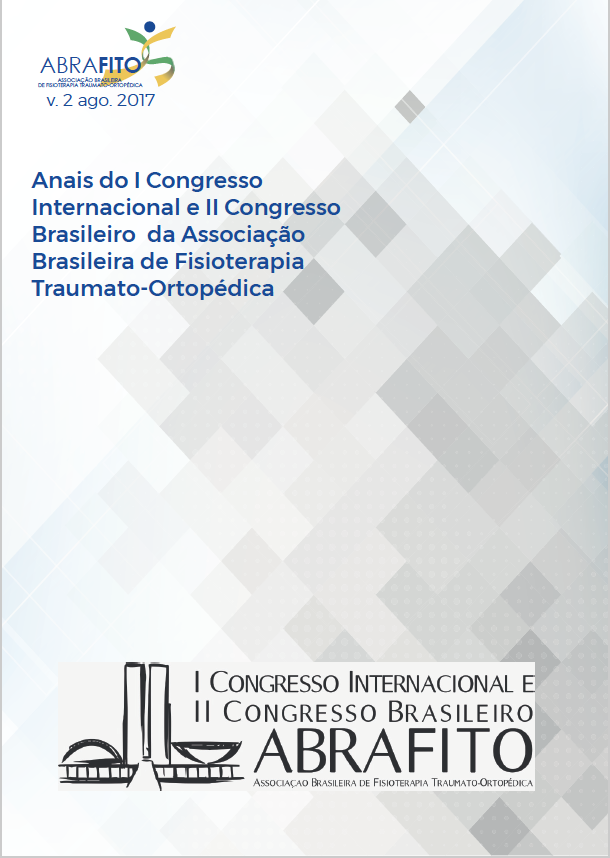RUSSIAN AND LOW-FREQUENCY ELECTRICAL STIMULATION WITH THE SAME PULSE DURATION HAVE SIMILAR EFFICIENCY FOR INDUCING QUADRICEPS MUSCULAR STRENGTHENING IN SOCCER PLAYERS
Resumen
Introduction. Neuromuscular electrical stimulation (NMES) is used in order to induce muscular strengthening. Kots has shown that ”Russian current”, used in athletes, could produce strength gains. However, the most suitable parameters for muscle strengthening, especially in sports situations, have not been defined yet. Objective. Evaluate NMES provided effects, using medium and low frequency currents for a six- week-training-period with field soccer players. Methods. Randomized controlled trial. The athletes have been randomized in tree groups: control group, Russian (2500 Hz, burst 50 Hz, pulse duration 200 s) and Pulsed current - PC (100 Hz and 200 s). The experimental groups have trained during 6 weeks, 3 times a week. Voluntary and evoked torque, muscle thickness, pennation angle, fascicle length and electromyographic signals (RMS) have been evaluated. The research was approved by the Ethics and Research Committee (CAEE: 41559415.1.0000.0030). Results. There has been an increase in the muscle thickness and the pennation angle in both experimental groups, but not in fascicle. For the isometric contraction and the RMS values no significant difference has been found. There has been increase evoked torque in both experimental groups. VAS has showed a significant decrease in sensorial discomfort only for PC200 group. Conclusion. Both modalities have promoted an increase in muscle thickness, pennation angle and has evoked torque without modifications in fascicle length, voluntary torque and RMS in soccer players.

